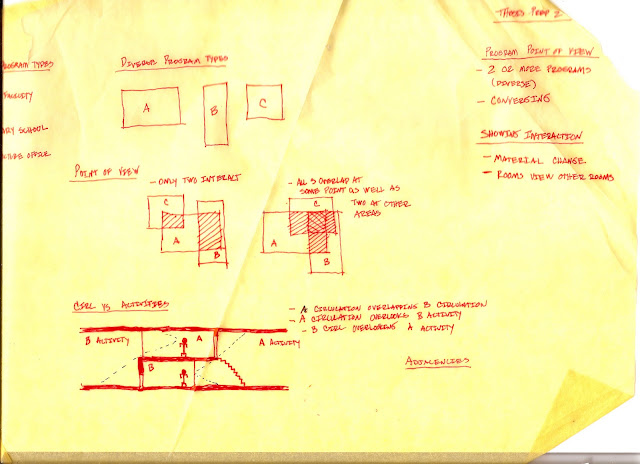Thesis Statement:
Theater’s success lies in its ability to supernaturally immerse the audience within a performance. The performance evicts a human interest from the audience members, this then bridging the experience from reality to a willing suspension of disbelief. Some architects attempt to create a willing suspension of disbelief through the creation of computer-generated forms that exceed straightforward manifestations as buildings. However, these forms camouflage their failure to create a human interest. This thesis explores how architecture can create a willing suspension of disbelief that sparks a human interest and in turn triggers an imaginative experience.
Program Statement:
The program itself must not create a willing suspension of disbelief. This thesis looks at the combination of two programs. The architecture must bridge the gap between the two, this then creating a human interest. The program must first be different but similar enough to have a connection. Through the architecture, the program will interlock in order for both to visually and physically interact on a daily basis. The circulation cores will be separated and wrap around the activities of the related programs. With the architecture creating these important connection between program types, a human interest is achieved and an imaginative experience takes place.
Process:
Process:
Program Analysis Reinvestigated:
Point of View
Circulation Vs. Activity
Program Analysis:
Point of View
Activity Vs. Circulation
Adjacency










No comments:
Post a Comment